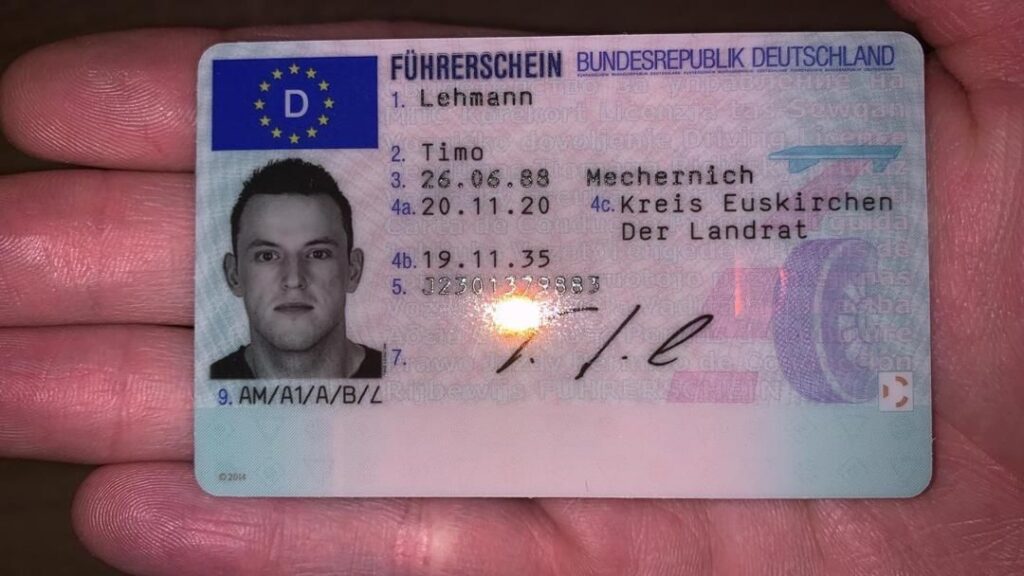Road traffic policies are essential for making sure the safety of vehicle drivers, pedestrians, and other road users. These laws govern the operation of vehicles, the habits of chauffeurs and pedestrians, and assist in smooth traffic circulation. This post explores the different aspects of road traffic policies, their significance, and some typical rules and policies that every road user must be familiar with.
Road traffic guidelines serve a number of essential purposes:
Comprehending roadway traffic regulations is essential for compliance and security. Below are a few of the crucial elements:
| Element | Description |
|---|---|
| Traffic Signs | Numerous signs that supply details and instructions to drivers. |
| Traffic Signals | Lights that manage the circulation of traffic at crossways. |
| Speed Limits | Optimum and minimum speed limits set for various roadway types. |
| Right of Way Rules | Standards on which roadway users should go first at intersections. |
| Seat Belt Regulations | Laws mandating the wearing of safety belt for motorist and guests. |
| Driving Under the Influence | Stringent charges for operating a lorry while impaired by alcohol or drugs. |
| Car Registration and Licensing | Requirements for cars to be registered and chauffeurs to have valid licenses. |
Although traffic regulations can differ from one country to another, some typical guidelines are typically observed worldwide:
Many jurisdictions implement speed limitations based on road type and location, such as:
Driving under the impact of alcohol or drugs is prohibited in most locations. Typical blood alcohol concentration (BAC) limitations are:
Safety belt must be used by all residents in a car. Failure to comply can result in fines.
Chauffeurs need to accept pedestrians at significant crosswalks and follow signals directing pedestrian movement.
Utilizing portable gadgets while driving is prohibited in lots of areas to lessen interruptions.
If you observe a traffic offense, you should collect as much info as possible (vehicle description, license plate number, area, and time) and report it to local police.
Traffic laws can change regularly. Updates are normally published by local government sites. It is recommended to follow local news or traffic law enforcement companies' announcements for any modifications.
Yes, industrial drivers often deal with more stringent policies, such as driving hour constraints, car evaluations, and special licensing requirements.
Penalties for breaking traffic laws can include fines, points on your license, and in serious cases, imprisonment. Repetitive offenses may result in the suspension of driving opportunities.
Traffic policies are crucial for mass transit systems to operate effectively. Führerschein Online Kaufen assist in developing bus lanes, regulating taxi services, and guaranteeing that public transportation lorries follow security standards.
Road traffic policies play an essential role in keeping the safety and order of streets worldwide. Comprehending check here is not just a legal commitment but an ethical one that promotes the wellness of all roadway users. Constantly updating oneself about traffic regulations and sticking to them can greatly reduce the risks related to road travel. As communities progress and innovations enhance, these guidelines might also adjust, necessitating constant knowing for motorists, bicyclists, and pedestrians alike.
By keeping informed and remaining certified with roadway traffic guidelines, people contribute positively to the shared duty of roadway safety, ultimately minimizing mishaps and saving lives.
